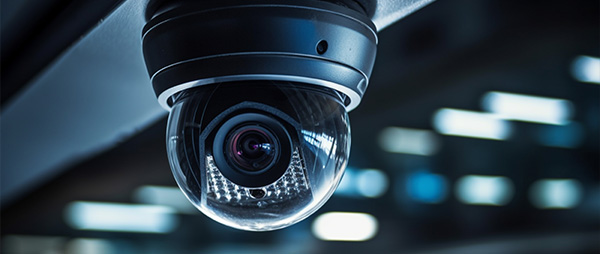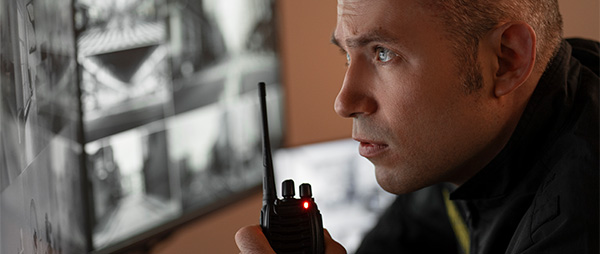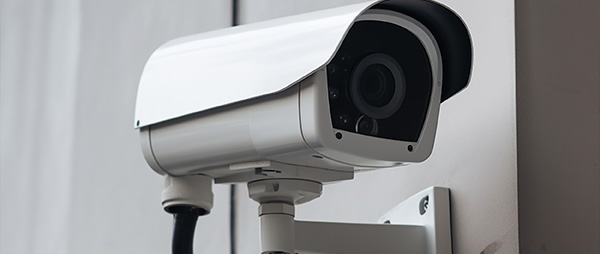IoT cameras: Modernising surveillance systems
IoT has transformed surveillance and security, moving away from clunky, unreliable cameras to much more dynamic and intelligent systems. These smart cameras adapt to various environments, offering real-time insights for domestic and industrial applications.
Advanced capabilities such as edge processing and two-way communication further enhance IoT camera utility, ensuring clear footage and interactive surveillance. IoT cameras also signify a leap in operational effectiveness for security professionals. Remote access to video streams and clips has created a new remote security “normal”, making them indispensable in modern security setups.
The technology behind IoT cameras
Surveillance and security systems have leapt forward in terms of effectiveness, reliability and affordability. One of the key drivers of this progression is the use of IoT connectivity for its high reliability and low price point, which has really pushed growth in the industry.
In addition to the progression of the Internet of Things, the arrival of artificial intelligence (AI) and deep learning has shifted IoT cameras from being simple recording devices to intelligent monitoring systems capable of real-time video analysis. These AI-powered cameras can autonomously discern between ordinary and unusual activities, streamlining surveillance processes and enhancing security measures without the need for constant human oversight.
Some IoT cameras can also integrate with other smart home devices, contributing to a comprehensive and interconnected home security ecosystem. This synergy between different devices, powered by intelligent software, enables a smarter, more responsive, and integrated approach to home automation and security, revolutionising how we safeguard our environments.
Applications & benefits of IoT cameras
IoT cameras are reshaping security and operational efficiency across many sectors, offering unparalleled advantages and innovative solutions.
Key security & privacy considerations for IoT camera deployments
Future trends & innovations in IoT cameras
IoT cameras are experiencing rapid change, driven by connectivity and technological advancements. Technologies such as Narrowband IoT (NB-IoT) and 5G are influencing the future of IoT cameras concerning functionality and innovative opportunities.
Impact of 5G & NB-IoT on IoT camera functionality
5G technology
The arrival of 5G is revolutionising IoT cameras, boosting their capabilities. IoT cameras are getting more efficient and effective with higher data speeds and lower latency. 5G enables these cameras to transmit high-definition video streams with minimal delay. This is especially advantageous in situations requiring instant decision-making, such as traffic management or emergency response situations.
Narrowband IoT (NB-IoT)
NB-IoT connectivity is designed for IoT devices in remote or hard-to-reach areas. It provides low-frequency, low-power connectivity with deep penetration capabilities. NB-IoT is a great connectivity solution for cameras being deployed in difficult to reach locations, such as underground facilities, multi-storey car parks, and rural areas.
Future possibilities for IoT cameras
Conclusion
IoT cameras are essential in a wide range of industries. From enhancing business security to streamlining patient care, these cameras offer a range of applications that enhance public safety and improve operational efficiency. They play a pivotal role in technology and addressing modern-day challenges.
However, the adoption of these devices comes with concerns about privacy and security. It is important to balance technological advancements with safeguarding against potential risks. Businesses should follow best practice, implementing robust security measures wherever possible, and fostering transparency and trust.
Moving forward, IoT cameras will continue to evolve with technological advancements for more sophisticated applications. Their potential is boundless, from enhancing operational efficiency to driving innovation.








